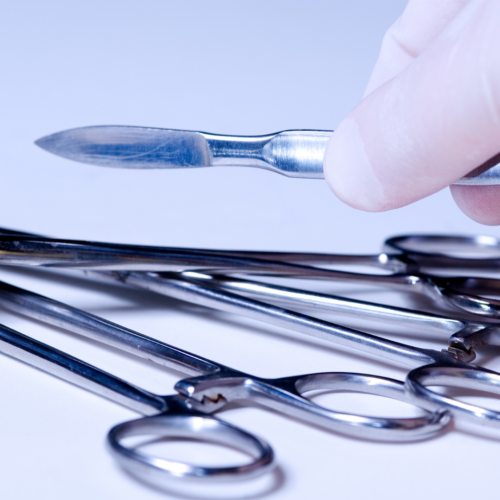This is the question many new mothers reach out to me with, after the first shock, when they realize the problem.
Specialist-since they met this problem before- have answer to this question. But those who are in the first panic are afraid and uncertain, because they do not have answer to the question above.
It’s not a big deal: let’s think together.
During pregnancy the baby is growing in the abdominal cavity. The baby stretches the abdominal muscle from the inside to sideways, and when the muscles are not able to tolerate it anymore, the tendinous plate that keeps the abdominal muscles together in the front, will stretch out as well-this will be the open abdominal muscle (Diastasis Recti). As much as the tendinous plate stretches, the straight abdominal muscles will part from each other just as much.
The reason why it happens during pregnancy, is the continuous stretching impact from the inside of the abdominal muscles. Due to the fact that a fairly solid mass is growing “inside”, the trunk muscles cannot work either, they cannot move the trunk because they encounter an obstacle.
After delivery the pressure from the abdominal cavity outwards ceases, the solid mass that limited the trunk muscles’ movements also gets out.
Muscles are still stretched and in many cases they don’t work. Because of this, many new mothers weeks-months after delivery, are unable to suck in their bellies: the brain gives the order, but nothing happens.
This is where we are now: after delivery, with partially non-working muscles and a stretched out tendinous plate.
What would you do? Would you choose operation, or tried to make your muscles work again with exercises?

What can surgery do
Two possibilities exist in regards of surgery:
- Pull the moved away straight abdominal muscles together with a few stitches. (They are still not going to be tight and able to work with this solution, they will only be stitched together)
- If the severity of the opening is extreme, they are not going to sew together the straight abdominal muscles, but put a net in between the moved apart abdominal muscles. This will not pull them together, but will prevent the protrusion of the bowels. (Muscles are still not going to be able to function, neither be tight, but at least now there is a net in between them, that will stop them to ever draw near to each other.)



What can exercise do?
It helps restarting the muscles, helps to create the brain-muscle-nerve connections. And thanks to this, when the brain gives out an order (e.g. Pull in your belly.), the muscle will obey.
It helps strengthen the muscles, they will be more toned and will help in supporting and moving the torso.
With the proper, aimed load, the opened, straight abdominal muscles may get closer to each other, even the opening between them might fully shrink.
Muscles can be thought a working order, that will help them keep together at all times. It is only a question of exercise.

Now, that we talk about surgery, what is the logical order?
Surgery, then exercise? Exercise, then surgery?
Considering the above, it is not easy to start exercising after surgery, and in the case of net implantation, results are not guaranteed.
If we start with exercises, we might even avoid surgery. From a specialist and rehabilitational point of view, it is absolutely easier to operate a muscle in good condition, then put a little effort into the rehabilitation after surgery, than to operate a muscle that lost its tone. After such a surgery we have to start the rehabilitation not from 0, but from minus.










